13 GPTs for UI Testing Powered by AI for Free of 2025
AI GPTs for UI Testing are advanced artificial intelligence tools designed to enhance and streamline the process of user interface testing. Utilizing the power of Generative Pre-trained Transformers (GPTs), these tools offer tailored solutions for automating and optimizing UI testing tasks. By understanding and generating human-like text, GPTs can simulate user interactions, verify UI elements, and identify issues in user interfaces, making them invaluable for developers and testers aiming to improve software quality.
Top 10 GPTs for UI Testing are: Test Case Generator,React GPT,QA Test Auto Engineer GPT,Test Case Assistant,Pylenium Chat,UI Style Inspector,Selenium C# Component Class Creator,Cypress Tag Helper,Web Element AI,Web Automation Wizard
Test Case Generator
Automate Test Case Creation with AI

React GPT
Your AI partner for React projects
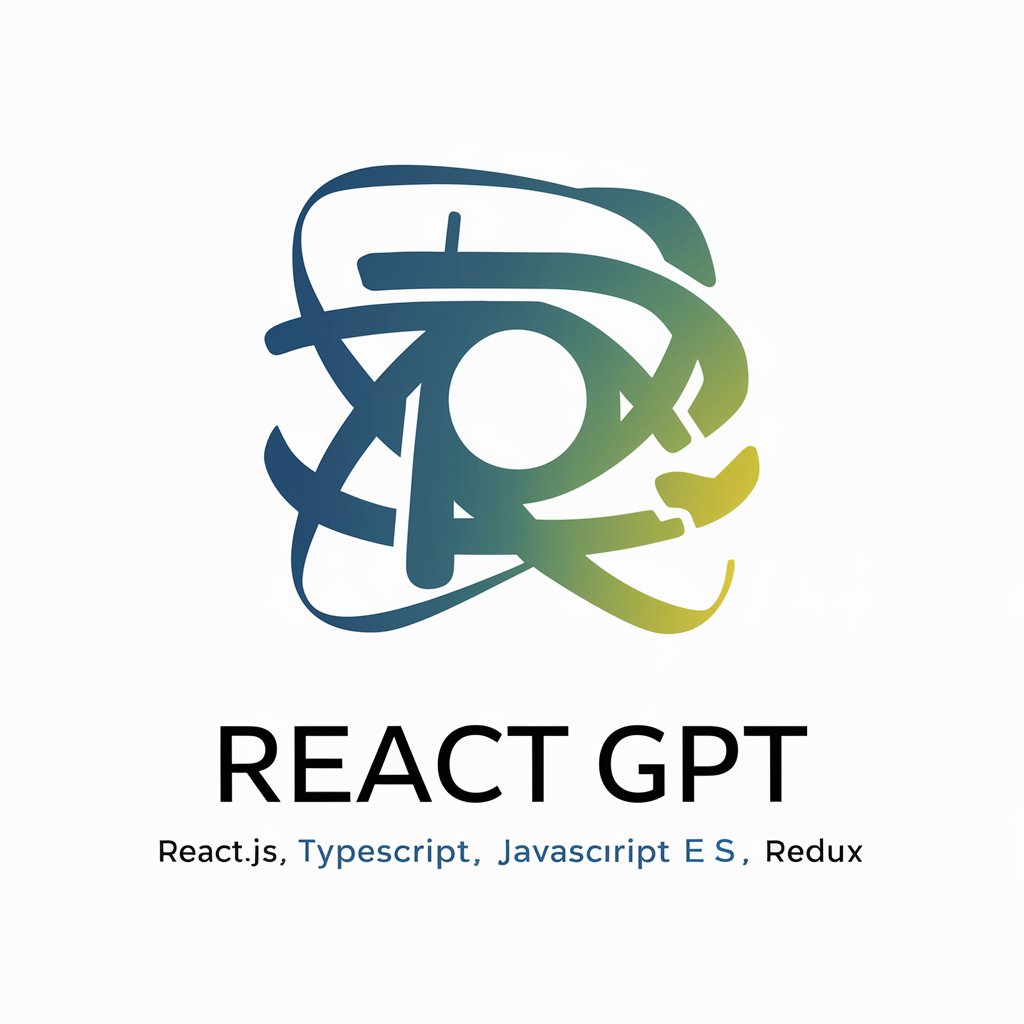
QA Test Auto Engineer GPT
Elevate Your QA with AI
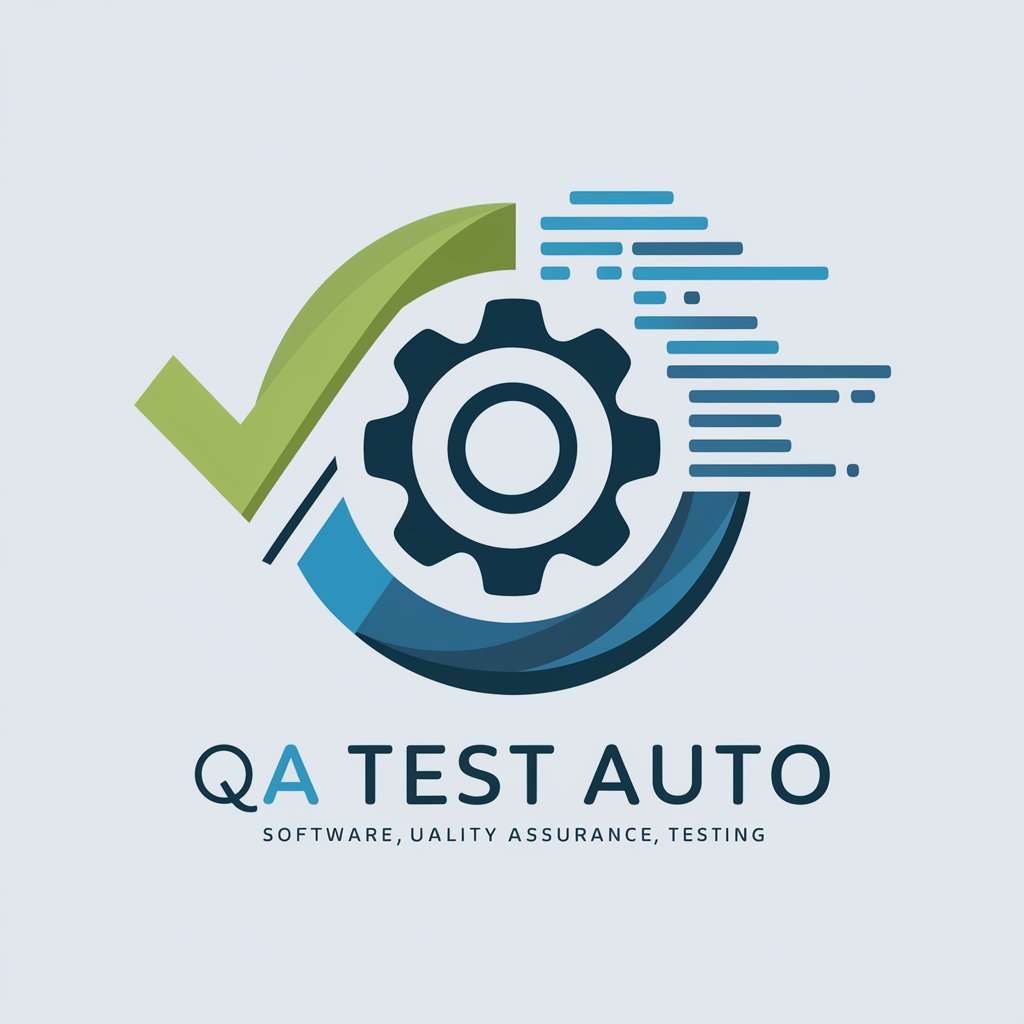
Test Case Assistant
Streamlining Test Case Creation with AI
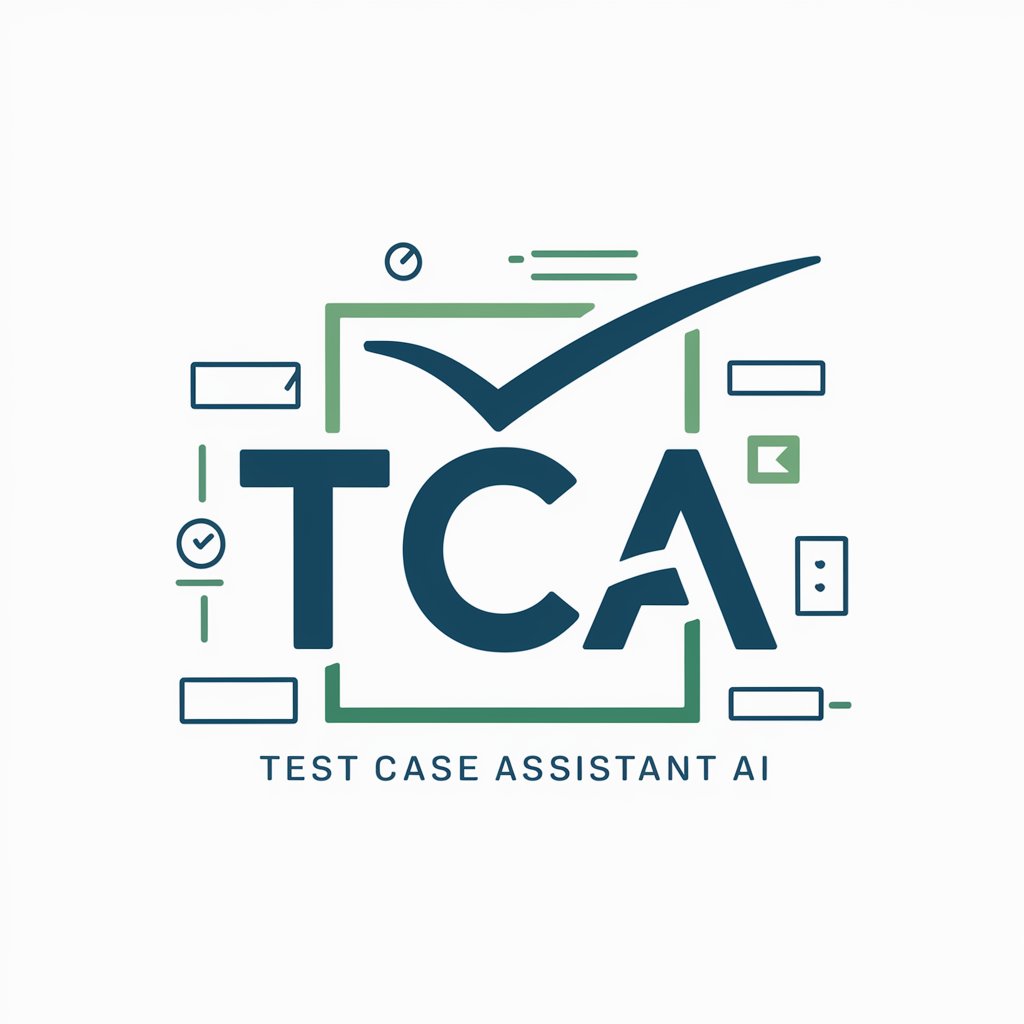
Pylenium Chat
Streamlining Test Automation with AI

UI Style Inspector
Revolutionizing UI testing with AI-driven insights

Selenium C# Component Class Creator
Simplify Selenium testing with AI-powered class creation.

Cypress Tag Helper
Streamlining test automation with AI-powered tagging.
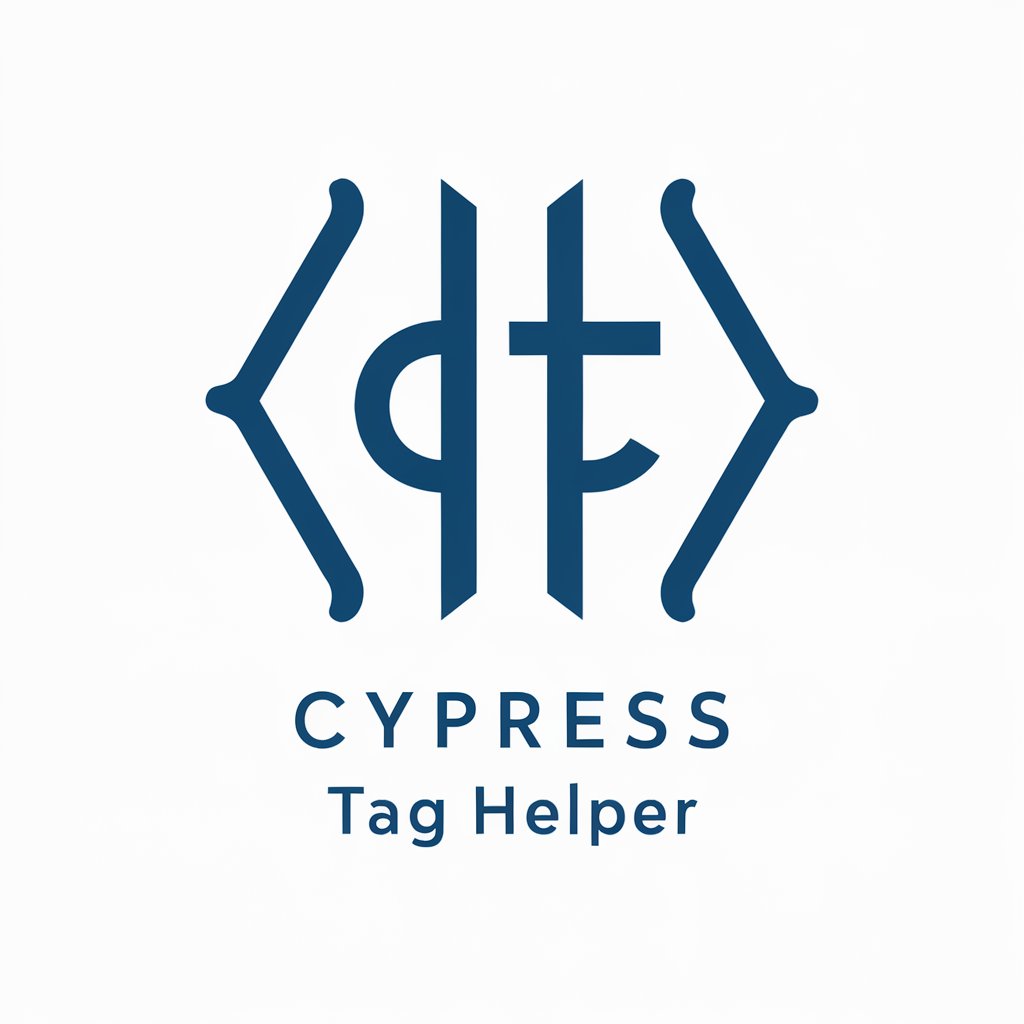
Web Element AI
Decoding Web Elements with AI
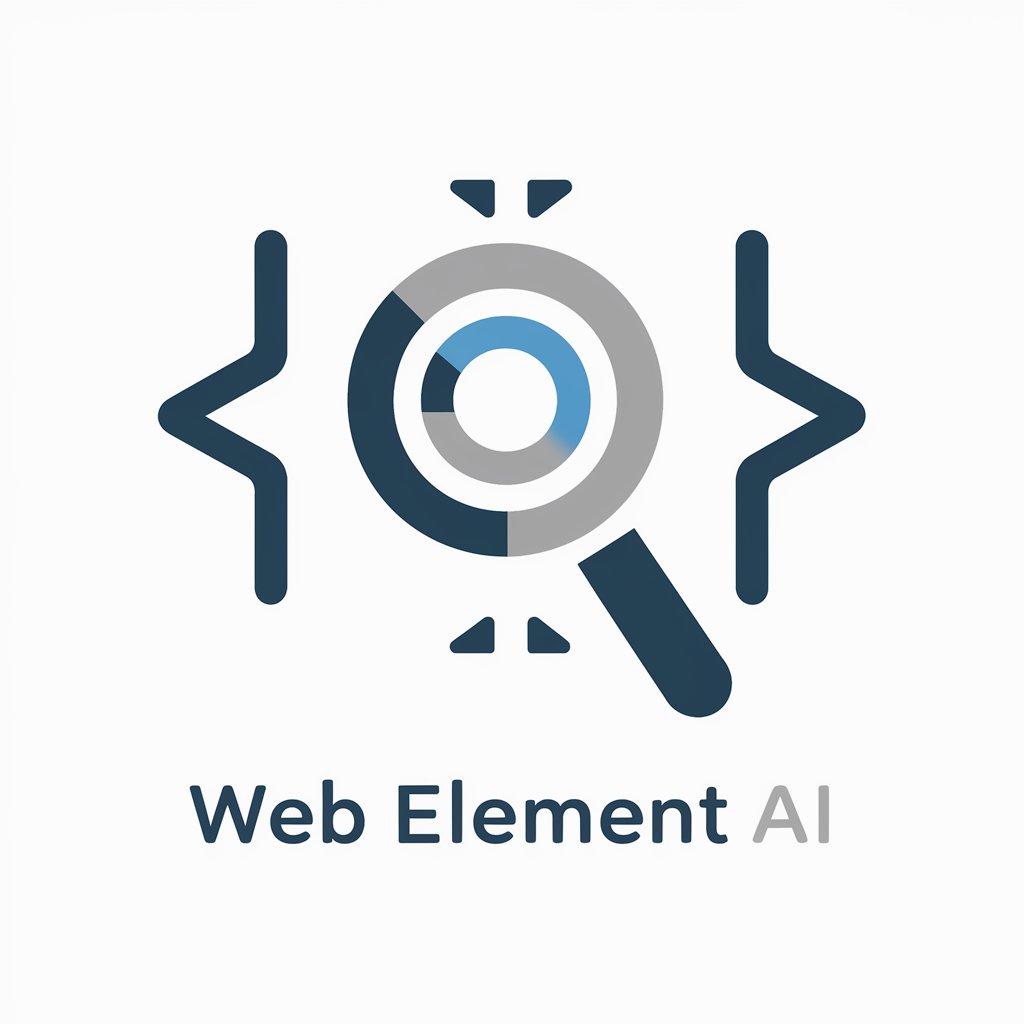
Web Automation Wizard
Automate Web with AI Efficiency
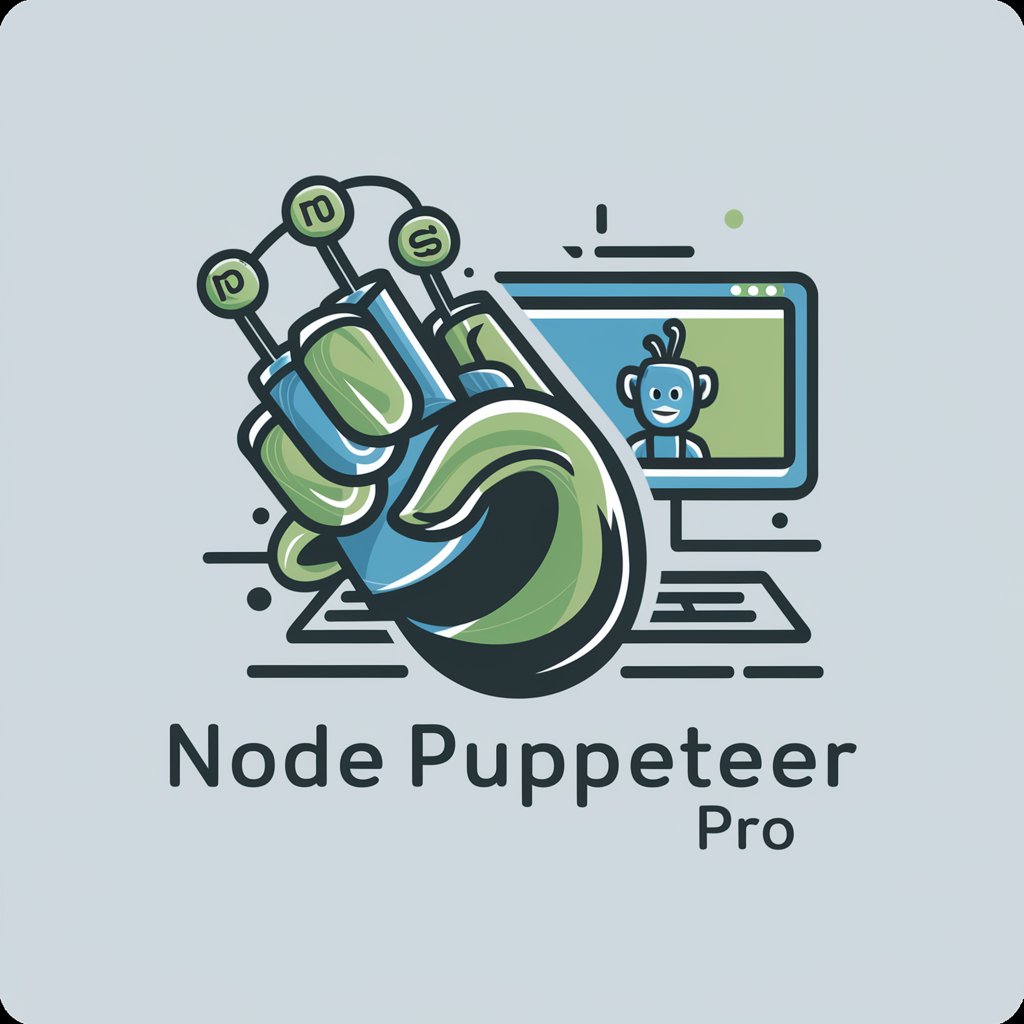
OpenCV UI Visionary Toolkit
Automate UI testing with AI-powered vision

Frontend Senior Engineer
Elevate Your Code with AI Power

Software Product GPT
Enhance Product Management with AI

Key Characteristics & Capabilities
AI GPTs for UI Testing come with several unique features tailored to the needs of UI testing. These include natural language processing for understanding and generating user interaction scripts, adaptability to various testing frameworks, and the ability to learn from data to improve testing accuracy over time. Special features may include automated test case generation, integration with CI/CD pipelines for continuous testing, and support for multi-platform testing, covering web, mobile, and desktop applications.
Who Benefits from AI GPTs in UI Testing
AI GPTs tools for UI Testing are designed to cater to a wide range of users, from novices who require simple, code-free testing solutions to developers and QA professionals looking for sophisticated, customizable testing frameworks. These tools are particularly beneficial for teams seeking to accelerate their testing cycles and improve software quality, without necessitating deep programming knowledge for effective use.
Try Our other AI GPTs tools for Free
Job Simplification
Explore how AI GPTs for Job Simplification can transform your workplace with advanced AI technology designed to automate tasks, enhance productivity, and streamline workflows.
Career Education
Explore how AI GPTs transform Career Education with personalized learning experiences, career guidance, and skill development tailored to your goals.
Skill Explanation
Discover AI-driven tools designed to simplify and elucidate skills across domains, tailored for learners at all levels, powered by the latest in GPT technology.
NFT Promotion
Discover how AI GPTs revolutionize NFT Promotion with smart, adaptable solutions for content creation, market analysis, and engagement strategies.
Funding Insights
Unlock the potential of AI for in-depth funding insights with our advanced GPT tools, designed to guide investors and financial professionals through the complexities of investment strategies.
Makeup Recommendations
Discover AI-powered makeup recommendations tailored just for you. Embrace personalized beauty advice with our advanced AI GPT tools, designed to match your unique style and preferences.
Enhanced Perspectives on AI GPTs for UI Testing
AI GPTs offer a transformative approach to UI Testing, enabling more efficient, accurate, and comprehensive testing processes. Their ability to integrate with existing systems, coupled with user-friendly interfaces, allows for seamless adoption and enhances the overall software development lifecycle. As AI technology evolves, these tools are set to become even more indispensable in delivering high-quality user interfaces.
Frequently Asked Questions
What are AI GPTs for UI Testing?
AI GPTs for UI Testing are artificial intelligence tools designed to automate and enhance user interface testing using advanced machine learning and natural language processing technologies.
How do AI GPTs improve UI Testing?
They automate repetitive tasks, generate test cases based on natural language descriptions, and use learning algorithms to adapt and improve testing strategies over time.
Can non-technical users use AI GPTs for UI Testing?
Yes, these tools are designed to be accessible to non-technical users, providing intuitive interfaces and the ability to generate tests from plain English descriptions.
How do AI GPTs integrate with existing testing frameworks?
AI GPTs can often be easily integrated with existing testing frameworks through APIs or custom integration tools, enhancing and extending the capabilities of traditional testing solutions.
What platforms do AI GPTs support for UI Testing?
Most AI GPTs for UI Testing support a wide range of platforms, including web, mobile, and desktop applications, facilitating cross-platform testing.
Are there any limitations to using AI GPTs for UI Testing?
While AI GPTs offer many benefits, they may require initial setup and training, and their effectiveness can depend on the quality and quantity of the input data.
Can AI GPTs for UI Testing detect visual issues in interfaces?
Some advanced AI GPTs tools are equipped with capabilities to recognize and report visual discrepancies in UIs, such as alignment issues or inconsistent styling.
How do AI GPTs learn and improve over time?
AI GPTs for UI Testing use machine learning algorithms to analyze test results and user feedback, allowing them to adapt their testing strategies and improve accuracy and efficiency over time.